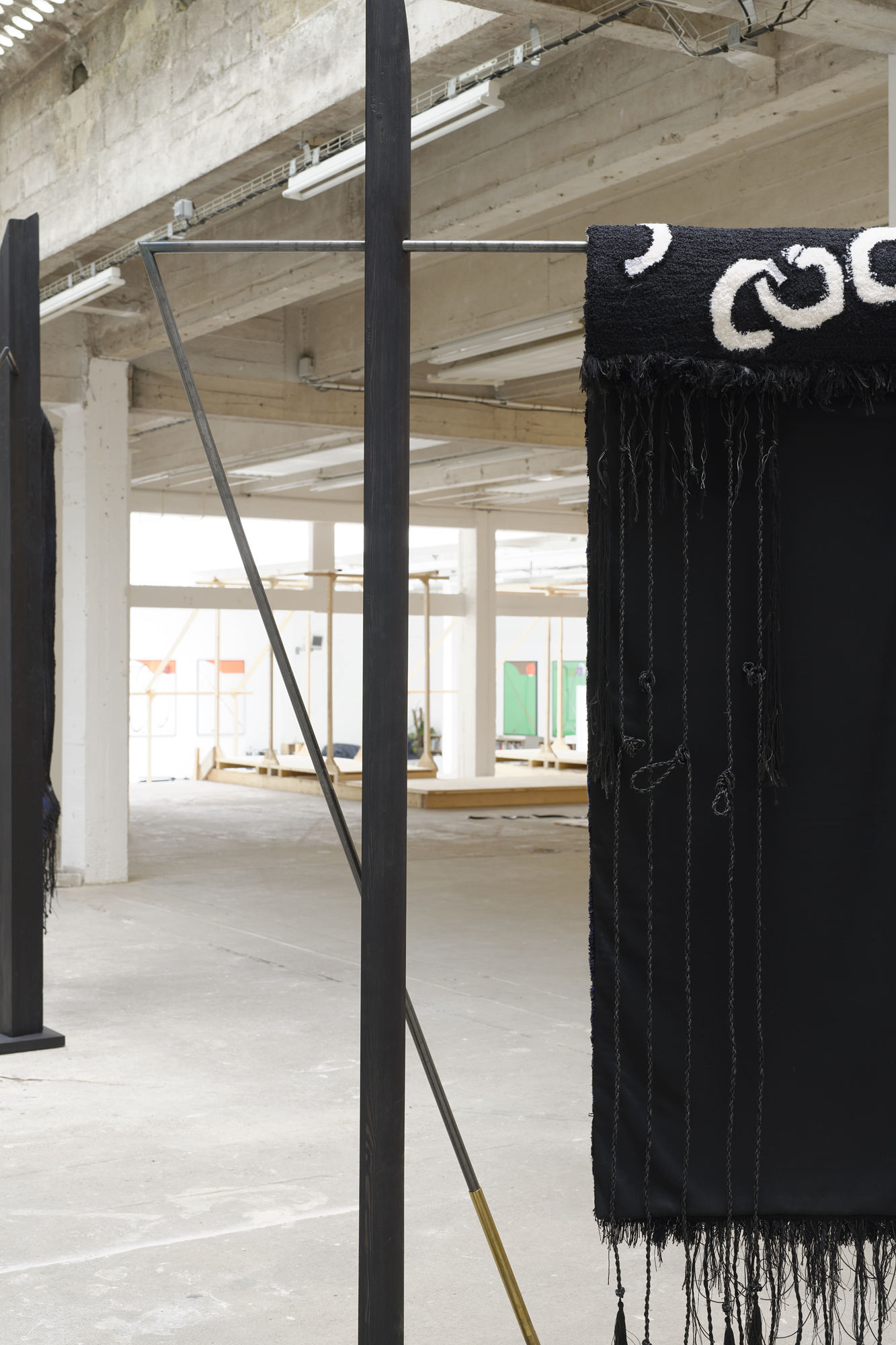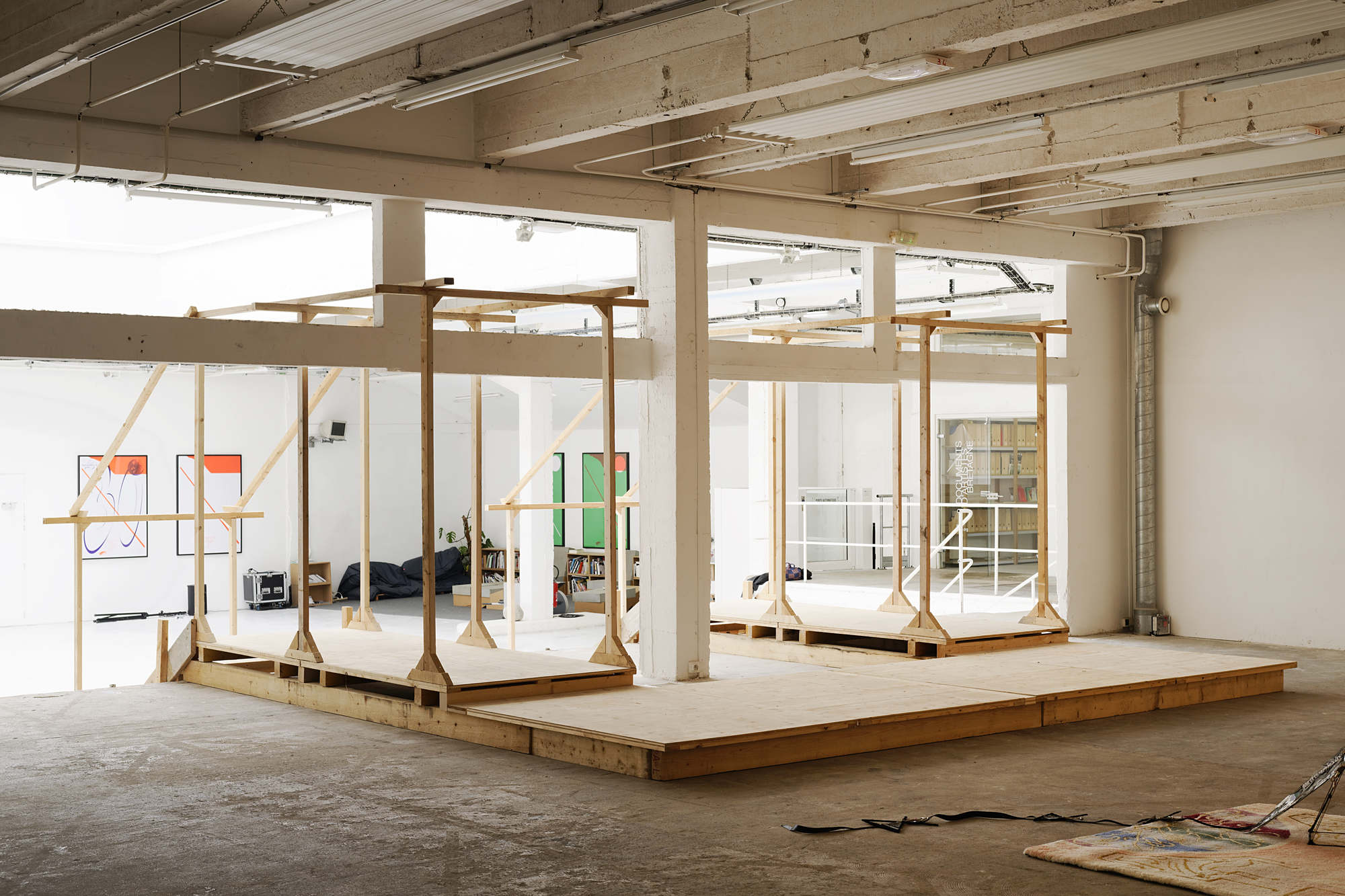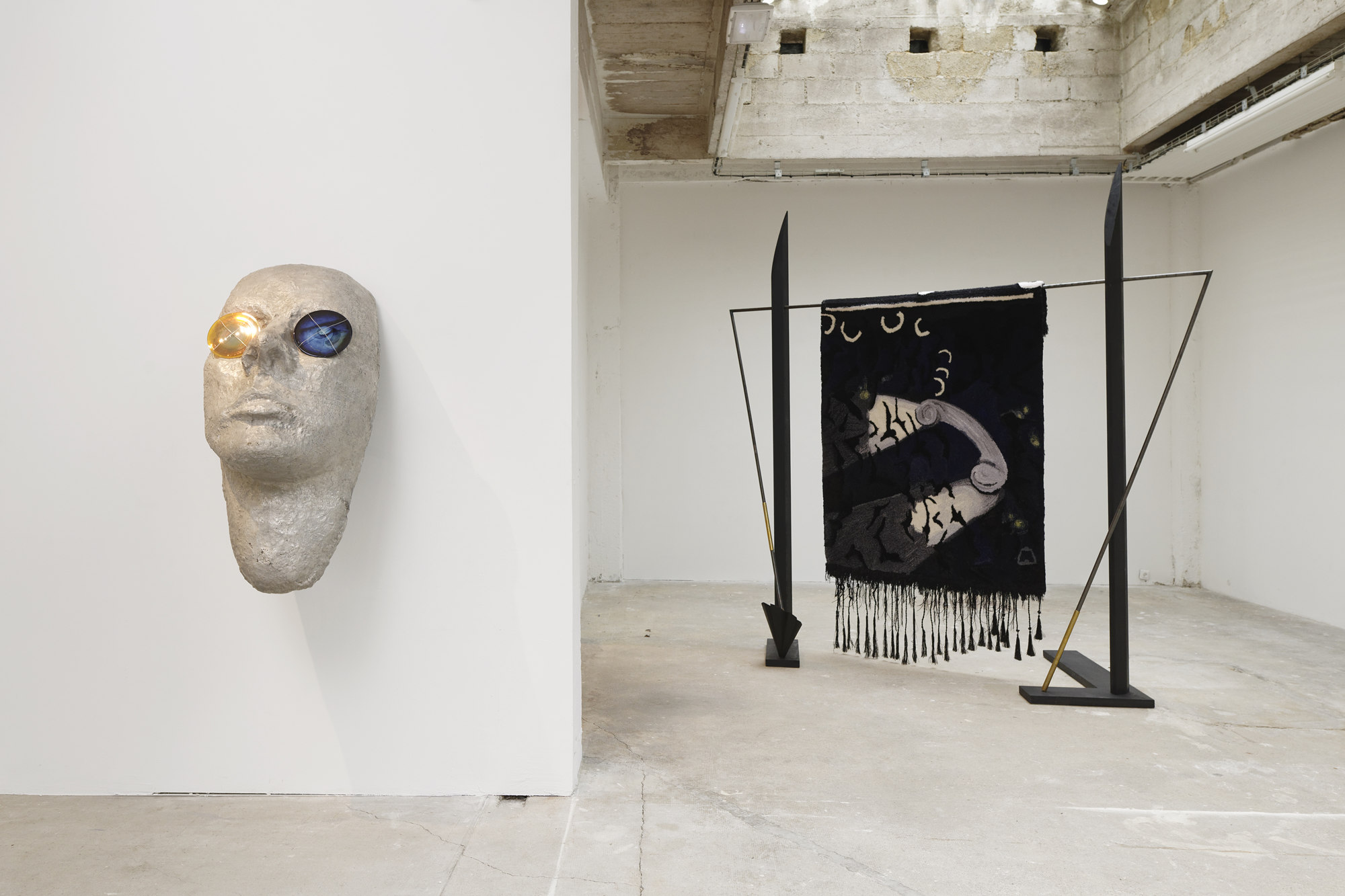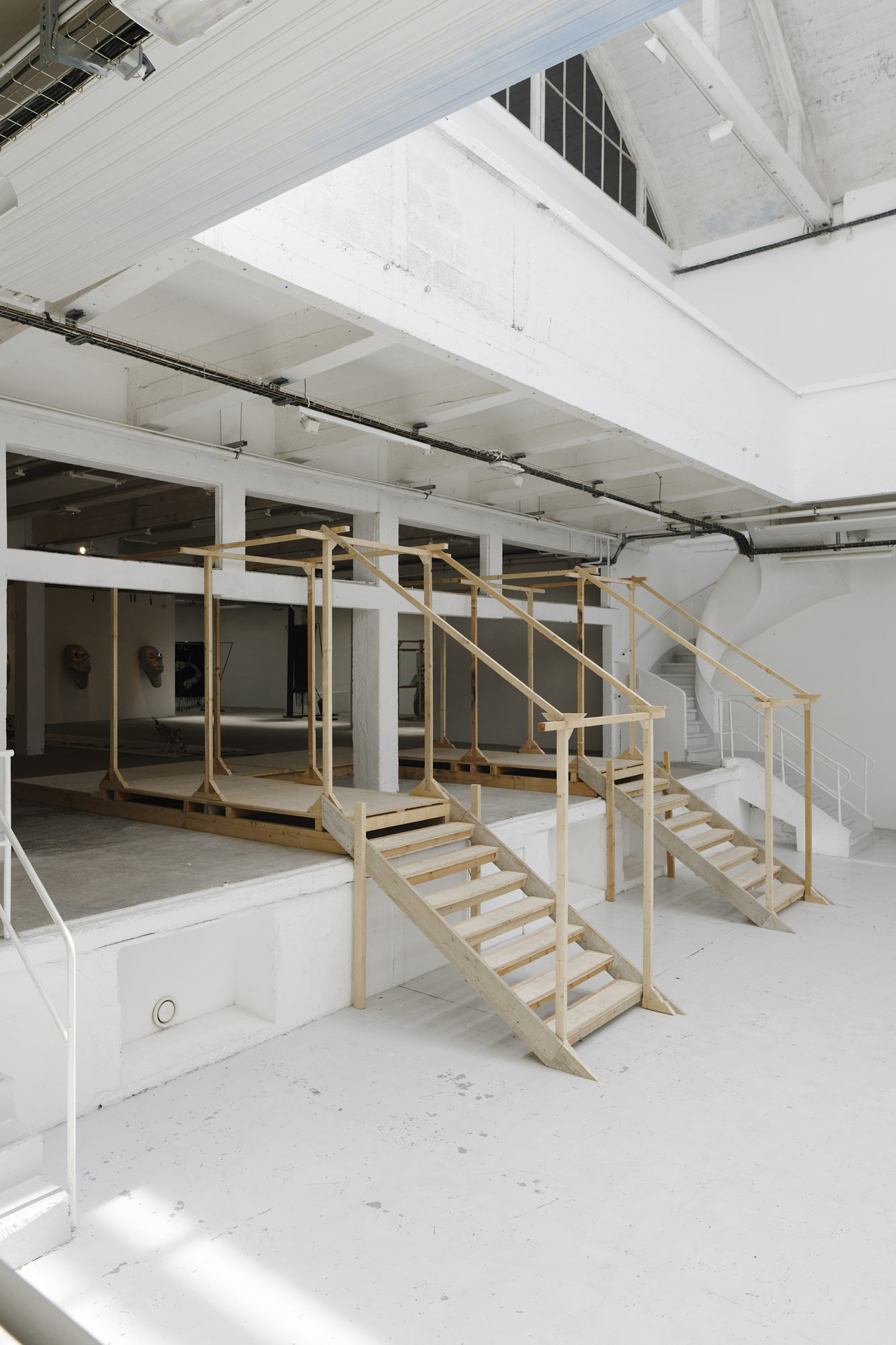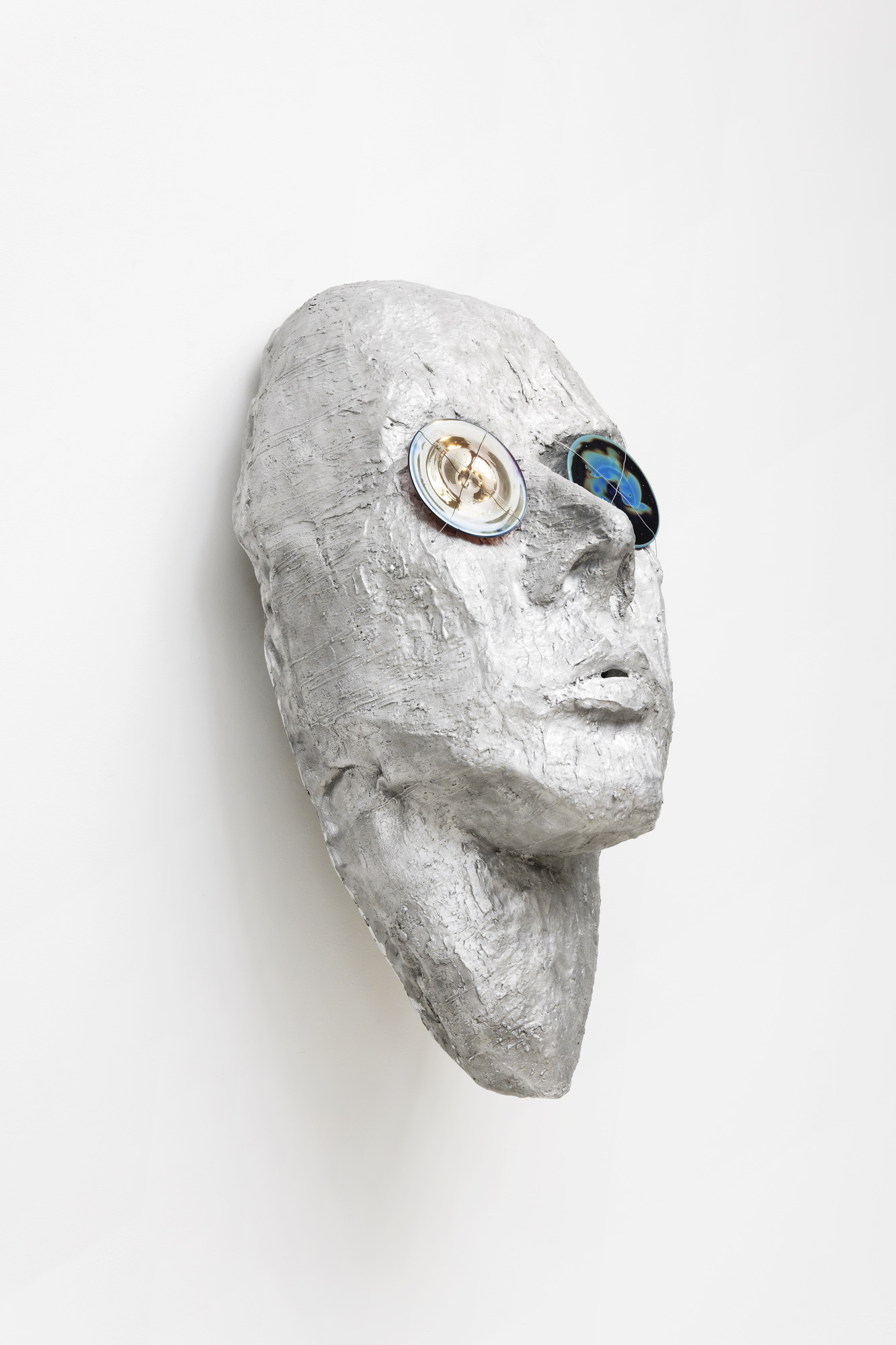Artists: Jean-Marie Appriou, Ines Doujak, Than Hussein Clark, Thomas Jeppe, Anna Solal
Exhibition title: Deux sens du décoratif
Curated by: Michal Novotný
Venue: Passerelle Centre d’art contemporain, Brest, France
Date: June 2 – August 18, 2018
Photography: all images copyright and courtesy of the artists and Passerelle Centre d’art contemporain
The word decorative has two meanings, either generally embellishing, or more exactly ornamental.
Even though we can consider major part of art history as decorative, speaking nowadays about decorative in relation to fine art, often means a pejorative judgment in regard to some way of cheap attractiveness without complexity, taste and content.
Certain unspoken preconditions constructed in 20th century on which contemporary art still stands, share striking similarities with the roots of modern science. Art asks for the ever proclaimed independence, from market, public and politics, and the consideration of quality that is supposed to be only based on the expert view of its own ever-expanding field. This formerly liberating conditions progressively constituted an entire ideology of art, that rather than reflecting and stimulating art research, precedes it, shapes it and justifies it. In the very same manner as is the notion of the neutral form so closely linked to conceptual art, or the purity of form that serves as the firm ground for all reductive strategies since the early abstraction, this two as many other ideologies controls how art looks and is being judged and perceived.
What connects all those ideologies as a rooting axiom is nonetheless not the idea of art as rational logical activity, although it is one of the most important ones. As even its negations such as the ÒirrationalÓ art brut can only exist in relation to the rationally build art history lineage, similarly to all the other binary oppositions, the inexhaustible source of rapidly accelerating movement between low and high, old and new. It is rather the general notion of good and bad art, art whose quality is not shaped by the dialectical materialism of supporting infrastructures, means of circulation and commodification, but quality that somehow transcendentally emanates from its very core. This once more resembles so closely the idea of objective truth, that the enlightenment science uninfluenced by political or economical means was experimentally supposed to discover in a laboratory, so similar to the modern exhibition space.
Nonetheless the aim of this exhibition is not to insert the decorative back into the fine art. That have been already happening many times in recurrent fashions and only served to confirm the above mentioned logic, a never ending cycle in which refusing is in consequence equal to accepting. The aim is rather to pull down the fine art back to the point of the decorative, against which it in pretence positioned itself, but on which level, as a product only allowed by the existence of different interests, it had ever remained.
Decorative in both of its senses is therefore used here as a metaphor of an attack on the proclaimed autonomy of work of art, autonomy completely constructed by supporting ideologies.
The decorative from its very notion doesnÕt embellish itself, but something else. Instead of separating itself, it is capable to perform in different contexts and functions. It doesnÕt hide its serving status, the different ways of utility that allows it to exist. It doesnÕt aim for some sort of independent truth, but much the same as theatre, it creates a confessed lie or rather – assumed illusion, that should nevertheless not be mistaken for relativist free interpretation.
The ornamental consequently operates in gathering different elements into a larger whole. Ornamental structure is not supposedly invisible support for its parts, but creates aesthetic balance that allows us to switch between the part and the whole. Ornamental is capable of abstraction within figuration, is not scared to manipulate openly but with regard to overall meaning. Thus it once more overcomes the divide in quest for imagined purity and/or totality. In this way it also rejoins content and form, so many times in different hierarchical combinations divided.
Although some of the participating artists deals with something that can be considered decorative or ornamental by the plain sight, what deeply connects the works and artist in this exhibition is the effort to deconstruct the axioms and normatives that had been set in quest for liberation, but ended in oppression.
Decorative in this sense means not being scared of being used, or rather utilised, however not necessarily with the accent on any practical or functional dimension, that would once more constitute the rift between fine and minor arts and other hierarchies based on quality of relation. Consequently ornament as away of ordering does not constitute an ideology that is qualitatively better than the ones based on interpretation and classification, only it does not pretend to reach some sort of invisible core of things, but openly emphasize its framework operating via its own logic of intensity, rhythm and repetition.
















